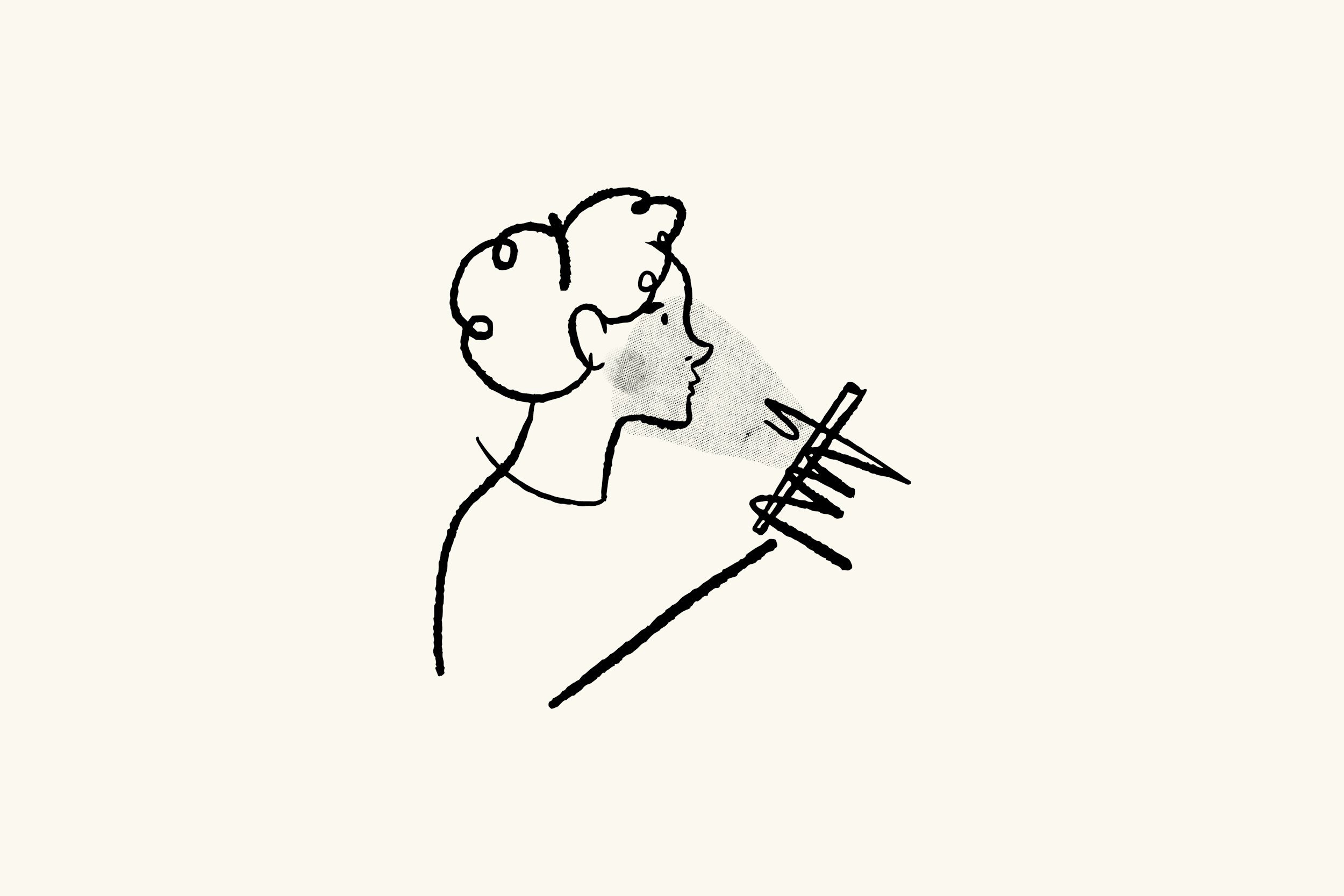Interact with Other Artists / Buy & Sell Artwork Like Never Before
The Vision Grove is more than an online art gallery. Here you can also get involved in a vibrant art community and interact with artists and buyers from all over the world.
It begins with the above subheading... emphasizing the community aspect of the site, but then the release continues to inflate the sales potential of an online gallery. Although I understand the that the E.D. is directing his business to attract people interested in sales, the mission on his website seems to suggest the opposite:
From the press release: "The reasoning behind using art communities is fairly obvious: absolutely no pressure, gorgeous original art for sale, and instant connections with top-quality buyers and sellers."
From "Our Philosophy," it doesn't mention the sales opportunities once... It references an idea of growth.
I think this person is making the mistake of focusing on sales. The sales will happen through networking... but I doubt online. Art is about a tranformative experience. I cannot fathom the idea of buying a piece of art without having it in front of my face. Moreover, lots of artists like to establish relationships with the people they sell to, and vice versa. Art enthusiasts bask in a glory of superstarness when they can say they "know" the artist. Will this be accomplished over a web portal? I doubt it.
The website is sophisticated and clean... a rendition of a visual artist MySpace. The E.D. should generate enthusiasm about the aspect of networking and community and let the sales happen on their own. Web art communities are great and I think tech-saavy artists would really embrace this type of support. If it develops organically and with integrity, website advertisers will find their niche as it's represented on the site- not as it's projected.
What other web art communities are out there? Could we do something like this locally, with each arts agency acting as a host... beyond artist rosters?






